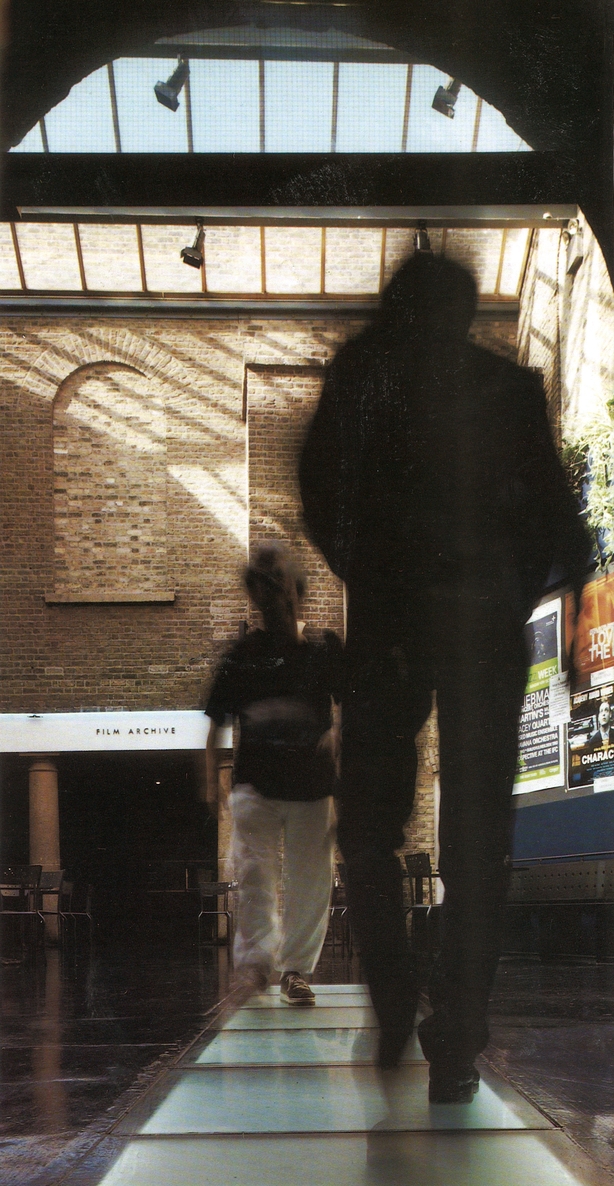We present an extract from First Quarter, the new autobiography by architect John Tuomey, published by Lilliput Press.
In a reflective and enriching memoir, John Tuomey navigates the places and memories of his life over the scope of twenty-five years. First recognised for the urban regeneration of Dublin's Temple Bar, which included the construction of the Irish Film Institute, the National Photographic Archive and Gallery of Photography, his life in architecture led him to design social and cultural spaces such as the Lyric Theatre in Belfast, the Glucksman Gallery in UCC and the Victoria & Albert East Museum in London.
Imbued with many inter-textual references to poetry, drama and literature and written in limpid prose, this memoir is inherently literary in nature. His thoughts on the challenges facing the encroaching erasure of city life in Dublin are essential reading for anyone with an interest in the future of building in the city.
Graham Greene wrote that there's always one moment in childhood when the door opens and lets the future in. That moment happened, that door opened for me, when I was seventeen and first stumbled into my future in architecture.
My world expanded into three dimensions as soon as I landed in the studios of the School of Architecture at University College Dublin. Within a month of the move from Dundalk to Dublin, I’d broken up with my girlfriend. Within a year I’d lost touch with any friend I’d had from the town. It was a time to start anew, to begin again with this new life in architecture. Cut off from schooldays, in the instant of awareness of the enlarged scope of what was promised, this newly expanded environment just as suddenly shrank down to fit my new surroundings, and step by step, slowly grew out again from there.
First year was spent down in the hessian-walled basement, moving up to ground floor for second and fourth years, second-floor student-built mezzanines for third and final years. Social life revolved around the lofty studios, big rooms with high windows, wooden drawing boards and trestle tables. The old university buildings at Earlsfort Terrace were wrapped around the volume of the Great Hall, later to become the National Concert Hall. From the upper studios, we could clamber up through narrow stairways and shimmy on our knees across the dark roof space of the Great Hall. We watched concerts by the Chieftains and Alan Stivell down through the ventilation grilles in the ceiling, squatting on our precarious perches, high up in the trusswork.

completed in the Temple Bar area, in the center of Dublin. (Pic: Peter Cook)
Most of the university community had begun the big move out to the new suburban campus in Belfield, leaving behind the faculties of architecture, medicine and parts of engineering in the palatial corridors and underpopulated spaces of Earlsfort Terrace. Medical students were across the yard; we had no contact with them. We shared a few maths lectures with the engineering students, but there was not much contact there either. In a strange way, moving from school at the Marist in Dundalk to the School of Architecture at UCD, was a move from one isolated community of two hundred students and staff to another. But the cultures were different. The questions were different. Now, in this new world, the world was opening up.
One early exposure for me to the bohemian depths of this newfound city happened at a basement folk club in Parnell Square, the memory still vivid. A boy, maybe fifteen, certainly younger than my seventeen years, was sitting in the corner with a guitar. People gathered around to hear him sing and play. He was singing something so incredible in its raw intensity and mysterious vision I was amazed, intimidated. How could one so young have come up with such a song, when I, being so much older, had achieved nothing to compare? 'I put my fingers against the glass and bowed my head and cried.’ Later, to my embarrassment, but really to my relief, I came to realise that while the performance was his own, the song, ‘I Dreamed I Saw St Augustine’, belonged to Bob Dylan, who had changed the whole world by the time he was twenty-two. I still had those five years ahead of me, or so I consoled myself, plenty of time yet. ‘Ah, but I was so much older then, I’m younger than that now.’
You could escape the confines of the studio, all worldly confines in fact, by slipping across the street to the Irish Film Theatre, perfectly placed for afternoon disappearances. Bergman’s The Silence was among the first of many miserable things I enjoyed seeing there. In the evenings we went to the Astor on the Quays, to relish further gloomy doses of Bergman, the blood-red crisis of Cries and Whispers, but other more romantic distractions too. I don’t know what my visual education would have been without the impact and influence of cinema. In our later student years my fellow student Sheila and I used to cycle out to Belfield for Film Society screenings, the whispering complexity of Spirit of the Beehive, the magnificence of The Seven Samurai, the erotic work ethic of Woman in the Dunes and many other masterworks bringing us closer together in the darkened lecture room. When I say we used to cycle, I mean to say she travelled on the crossbar of my bike, and this clever move brought us even closer than the movies. We’ve lived together closely now for forty-seven years.

First Quarter is published by Lilliput Press

